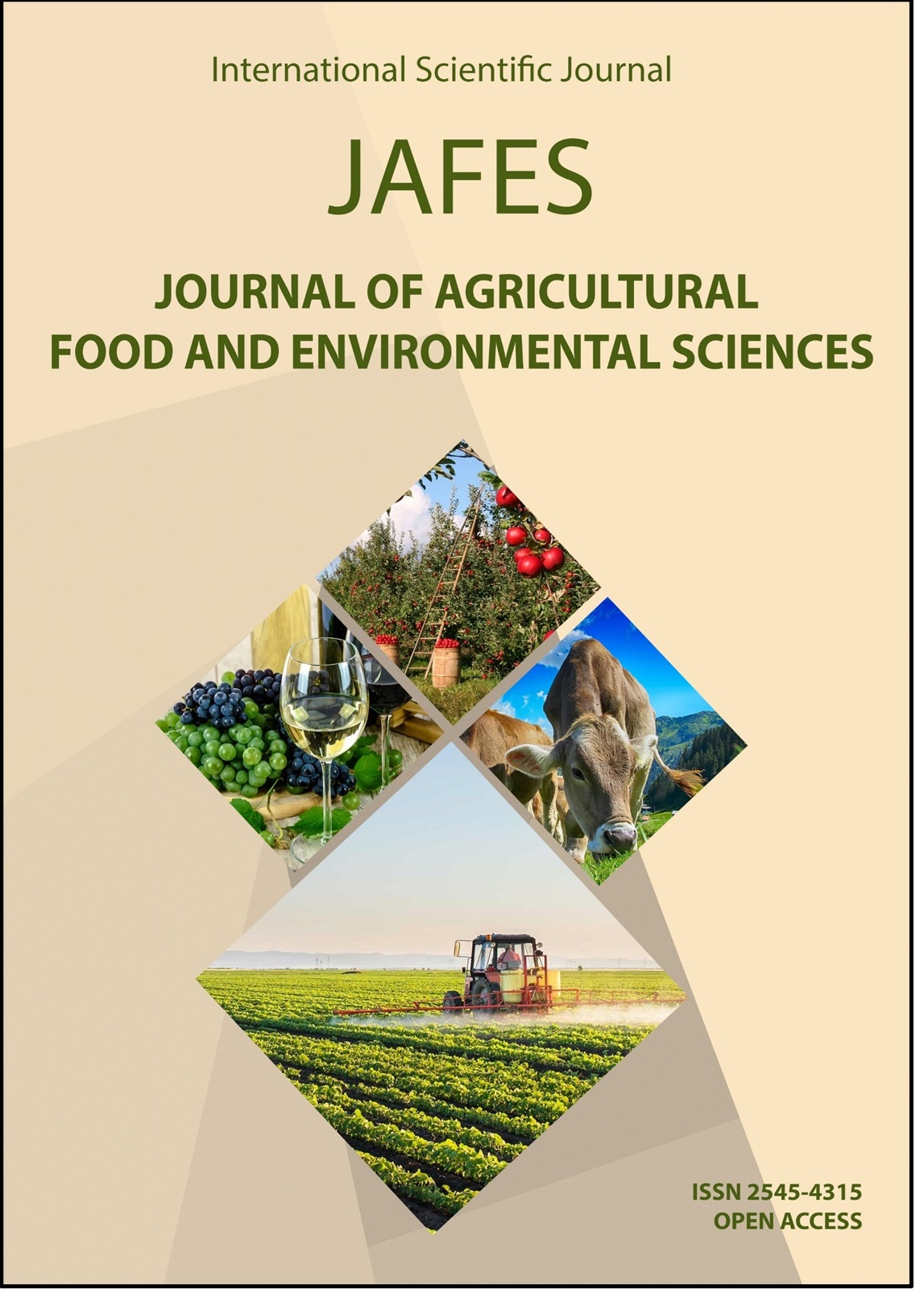IMPACT OF THE DIFFERENT VEGETATION SPACES ON THE YIELD COMPONENTS OF SEEDLESS WATERMELON
Клучни зборови:
fruit number, fruit weight, fruit index, row distance, crop production.Апстракт
Recently seedless watermelon production is becoming popular, especially for export, and has significant potential for larger area production. Although the production practices for growing seedless watermelons are similar to those for the production of seeded watermelons, they still differ in certain views, which should be put into focus. The aim of this research is to determine the best vegetation space for the plants (the use of different row and inter-row distances) on the components of yield. For this purpose, an experiment was set up using seedlings from the seedless hybrid Sinrubita F1. The experiment was set up in the Skopje region with a randomized block design, with three variants in four replications. The treatments were as follows: Treatment 1 (control) (3x1.65 m, 2000 plants ha-1); Treatment 2 (3x1.30 m, 2500 plants ha-1) and Treatment 3 (3x0.96 m, 3500 plants ha-1). Several parameters were analyzed: the average number of fruits per plant, the weight of fruit (kg), the diameter of the fruit (cm), the fruit length (cm), the fruit index, and the total yield (t/ha). The biggest fruit (6.97 kg), fruit diameter (21.77 cm), and fruit length (24.29 cm) were determined in the control treatment while the highest fruit number (4.38) and yield (65.05 t ha-1) were obtained in the treatment 2. The fruits of the three treatments had a slightly elliptical shape.



